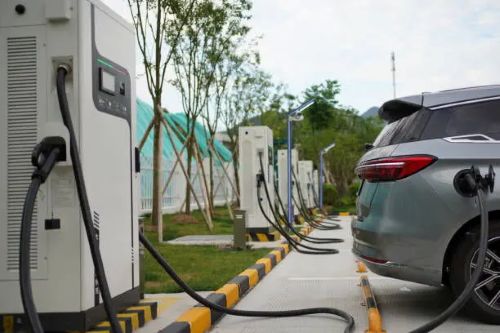


EV Roaming Hubs: The Invisible Backbone of a Seamless Charging Experience
Topper Company, a professional EV charger manufacturer in China, provides reliable electric vehicle charging stations and comprehensive total solutions.
As electric vehicles (EVs) gain popularity, a key challenge emerges: how can drivers charge their cars easily across different charging networks? The answer lies in roaming hubs—digital platforms that connect multiple EV charging networks, allowing drivers to use one app or RFID card to access chargers from various providers seamlessly.
A roaming hub acts like mobile phone roaming—but for EV charging. It links Charge Point Operators (CPOs), who manage the physical chargers, with eMobility Service Providers (eMSPs), who offer apps and payment services to drivers. This connection lets EV users:
Access chargers across multiple networks without juggling apps or accounts
Benefit from unified billing and authentication
See real-time charger status and pricing
By breaking down network silos, roaming hubs improve user convenience and help expand EV infrastructure faster.
The process is simple for drivers but complex behind the scenes:
Roaming Agreements: CPOs and eMSPs sign contracts defining access rules, pricing, data sharing, and security standards—often facilitated by the roaming hub.
Centralized Platform: Roaming hubs like Hubject or GIREVE act as digital intermediaries, authenticating users, sharing charger status, handling billing, and transferring session data.
Standard Protocols: Protocols such as OCPI, OICP, and eMIP ensure consistent communication and data exchange between diverse networks.
User Experience: Drivers start charging by scanning their card or opening an app. The roaming hub verifies credentials, manages the session, and processes payments—all transparently and automatically.
For Drivers: They provide the freedom to charge anywhere with one simple interface, eliminating frustration and increasing confidence in EV use.
For Operators: Roaming hubs boost charger utilization and reduce the complexity of managing multiple partnerships.
For Governments: Data from roaming hubs informs smarter infrastructure planning and supports policies to accelerate EV adoption.
Despite their benefits, roaming hubs face challenges like:
Fragmented standards: Different countries and companies use varying protocols, complicating full interoperability.
Pricing transparency: Dynamic pricing models can confuse users without clear communication.
Data security: Protecting user and commercial data is critical as digital connectivity grows.
However, regulations like Europe’s Alternative Fuels Infrastructure Regulation (AFIR) and the U.S. NEVI program are pushing toward more open and unified charging networks. Emerging technologies such as blockchain for secure transactions and AI-driven route planning promise to make roaming hubs smarter and more efficient.
Roaming hubs are the invisible backbone of a smooth EV charging experience. By connecting networks, streamlining billing, and simplifying user access, they play a vital role in making electric mobility practical and convenient.
As the EV market grows, roaming hubs will be key to unlocking seamless, reliable charging—helping drivers go farther with less hassle and accelerating the transition to a cleaner, connected transportation future.Know more about Google SEO Directory
